Partizan travels from Mexico to Alaska for Honda and films with a 360-degree camera
Vehicle manufacturer Honda is looking to turn heads with a new online advertising campaign for the Civic that was filmed using a 360-degree camera. Off The Grid takes a visual approach similar to Google Street View and invites the viewer to explore places in striking parts of the world.
Despite considering locations around the world, the production restricted itself to North America – with general servicing from Atlantic Pictures - although this still involved travelling from Cancun in Mexico all the way to Alaska. The full spot was filmed using a Sphere Vision 3 camera from TTX in London, which captures images using six different lenses to be formatted into a 360-degree presentation in post-production.
We considered shipwrecks in a variety of locations in the Caribbean, but when we came across the Underwater Museum it was simply too unique to say no.
Louise Gagen, Producer
The schedule didn’t allow for full location recces with the 360-degree camera and equipment, which was a challenge. Kirsten Rutherford was a Creative on the project, along with Lisa Jelliffe, for Wieden + Kennedy London: “We were doing recces and shooting practically the same day, which was touch and go. We tried as much as possible to get recce photos of locations in 360 before we got there.
“We were looking for places that looked great from every angle. We also tried to look for locations that had an interesting mix of foreground and background, as this works better in 360. Objects appear further away in-camera so big open locations don’t work well.”
Searching for a sub-aqua location, the team settled on the Underwater Museum off the coast of Cancun, which is a series of seabed sculptures set up in 2009. The camera was fitted into a special housing and attached to an underwater scooter to get the necessary shots.
Louise Gagen produced the spot for Partizan London: “We needed an underwater location to shoot in but wanted something of added interest for the viewer. We considered shipwrecks in a variety of locations in the Caribbean, but when we came across the Underwater Museum it was simply too unique to say no.
“The added bonus as well is that it is rapidly being covered in barnacles and creatures as an artificial reef. In another few months the statues will no longer be recognisable, meaning the footage we captured really is unique.”
Lowering the camera off Marble Canyon was a little hairy. We weren’t sure how much the wind would swing the rig as it dangled from below the helicopter.
Kirsten Rutherford, Creative
Marble Canyon in Arizona provided the stunning vista for an aerial view involving a helicopter flight. This was an ambitious sequence because the team wanted to transition to the next location by having the camera ‘dive’ from the aerial view over a cliff-face into water. Safety was a major concern and the production had to comply with Federal Aviation Authority regulations in the process.
Rutherford comments: “Lowering the camera off Marble Canyon was a little hairy. We weren’t sure how much the wind would swing the rig as it dangled from below the helicopter. You are literally filming everything so you are at the mercy of natural light and your crew has to hide - otherwise they are in shot.”
Scenes of glaciers and ice caves were filmed in Alaska and serviced by Ascending Path. The locations here were the toughest to arrange as the landscapes were remote and constantly changing as spring approached.
Gagen comments: “It took us right up until a couple of days before we were due to arrive in Alaska before we found the right locations. All the recces by our location scouts involved flying by either light airplane or helicopter. [Matanuska Glacier, 100 miles from Anchorage] took four hours of hiking on dangerous glacier territory to reach. But, as you'll see, the remoteness and beauty of the location is what made it so ideal.”
Filming a time-lapse sequence of the glacier from the centre of a frozen lake took more ingenuity from the team. While the lake was frozen, the ice wasn’t thick enough to walk on. Instead, TTX built a buoyancy raft to get the camera into the right position for the shot.
It took us right up until a couple of days before we were due to arrive in Alaska before we found the right locations. All the recces by our location scouts involved flying by either light airplane or helicopter.
Louise Gagen, Producer
Sequences filmed in Las Vegas and Arizona’s Antelope Canyon were more straightforward to film, with the camera operator wearing a harness placing the camera above his head to avoid getting into the view of any of the six lenses.
You can see the finished commercial here. Viewers have a degree of freedom in choosing the order of the locations they visit, and then they can explore the full 360-degree vistas using their mouse.
Credits:
Client: Honda
Agency: Wieden + Kennedy, London
Creatives: Kirsten Rutherford, Lisa Jelliffe
Agency Producer: Matthew Ellingham
Production Company: Partizan, London
Producer: Louise Gagen
Production Service Company: Atlantic Pictures, New York
Line Producer: Darren Goldberg
Production Service Company (Alaska): Ascending Path
360 Camera Supply: TTX, London
Director of Photography: Jon Boyce
Director: Michael Geoghegan
Related Posts
- The Canyons – a filming survival guide
- Aerial filming in the UK
- Wieden+Kennedy begins Heineken Dropped campaign filming in Alaska
- Opel films on a glacier and underwater on location in Spain for Ampera commercial
- Harpoon Pictures films seaplanes and dozens of extras for Verizon Alaska shoot
- Alaska cancels filming incentive tax credit
- TLG talks to legendary film pilot Marc Wolff
- Submarine drama Hunter Killer to film on location in Alaska
Related posts:
Comments
Not Logged in
You must be logged in to post a comment
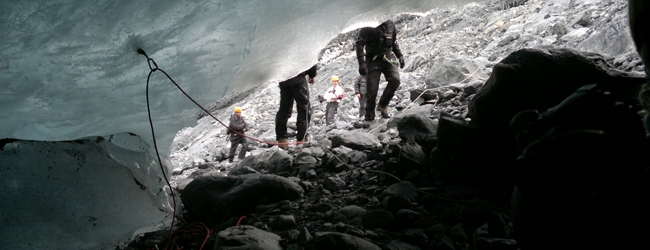
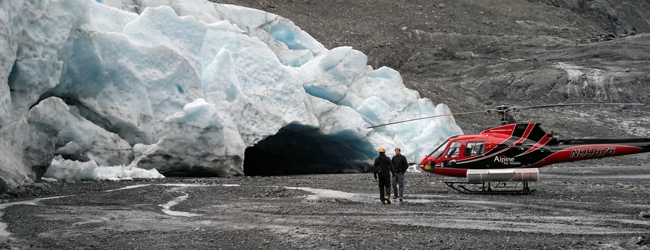
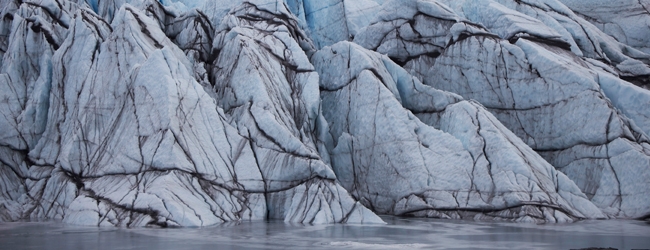
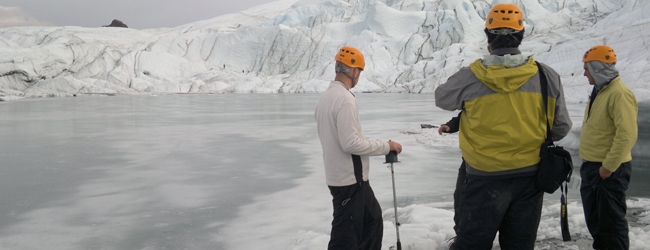
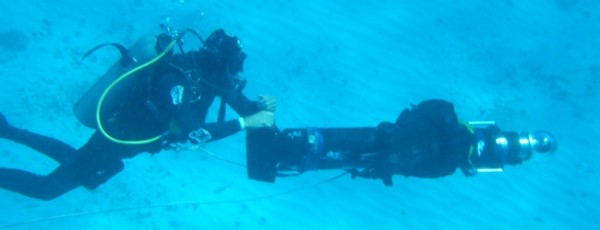
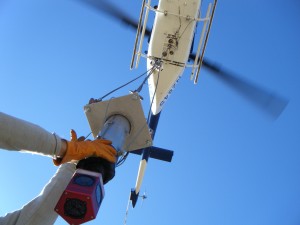
There are 1 comments
Ron Carter
| #
For filming in North America, they should have used the production company All 360 Media. www.all360media.com I've worked with them and they are affordable and put out a great quality product. I will use them again.
But this project looks nice, well done!
Reply